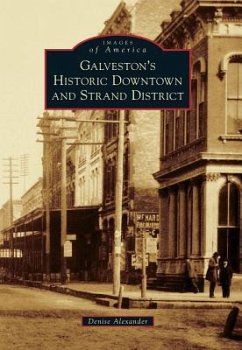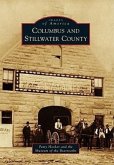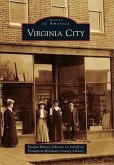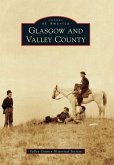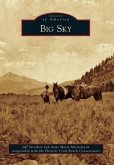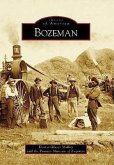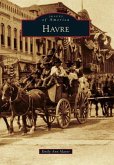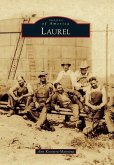Before Meriwether Lewis saw the Great Falls of the Missouri River in 1805, the area had been visited for centuries by plains bison and the Blackfeet Indians. The city's founding father, Paris Gibson, learned of the falls from Lewis and Clark's journals, and with financing from railroader James J. Hill, Gibson began building the city of Great Falls in 1884, capitalizing on its Missouri River location. After the railroad arrived, the first of five hydroelectric dams was built, along with smelters for silver and copper. The year 1909 saw the homestead boom and settlers by the thousands, while World War II's construction boom supported large military facilities in the city. Great Falls' good times lasted 90 years.
Hinweis: Dieser Artikel kann nur an eine deutsche Lieferadresse ausgeliefert werden.
Hinweis: Dieser Artikel kann nur an eine deutsche Lieferadresse ausgeliefert werden.

